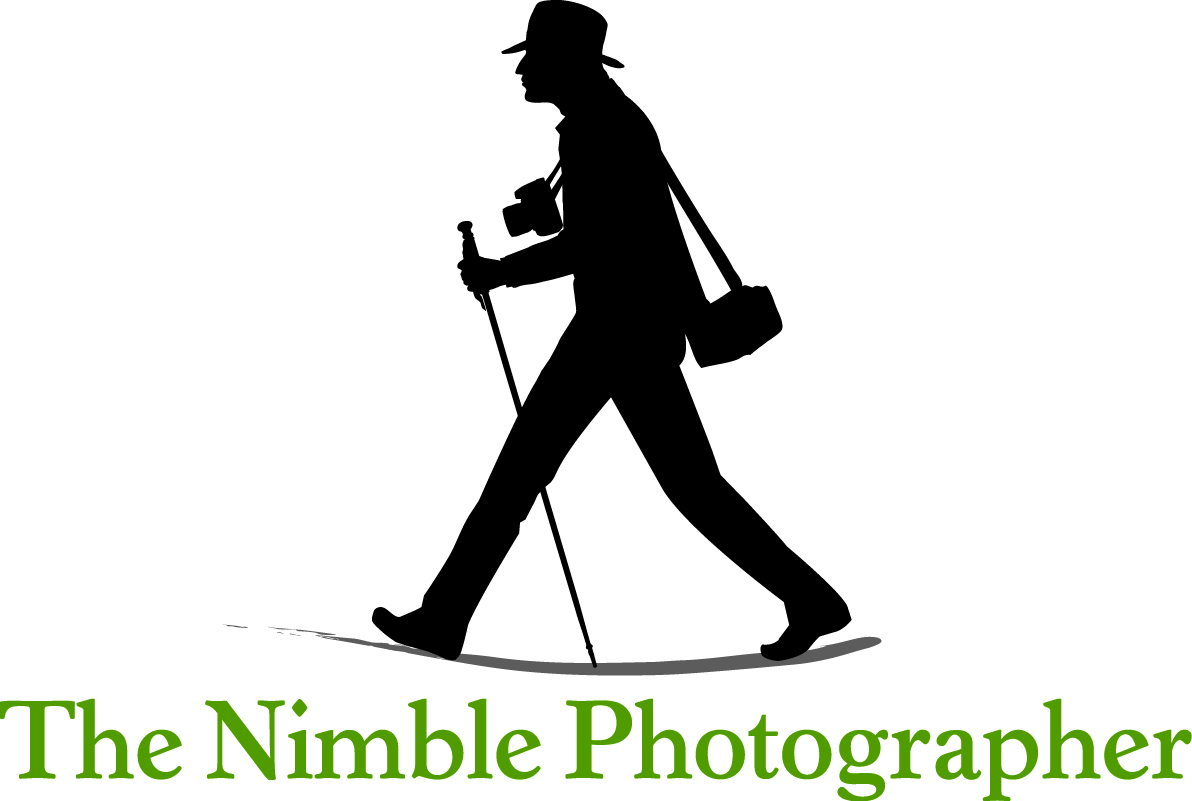I've always had good luck with kids.
Some might argue that I never really grew up myself. That could be part of it. And I've been thinking more about this over the last few days while photographing teens.
I find it interesting that we, for some reason, often separate working with children as something different than our daily interactions with those our own age. But really, my approach is basically the same. Here are a few of the keys to working with kids.
- Ask intelligent questions. If you want a reasonable response, talk straight. You wouldn't think twice about asking an adult how their day is going. Why would it be any different with a teen?
- Watch body language. If you're not hitting the mark, you can read it in their reactions. Try something else.
- Find a common ground. For boys it's often sports. For girls it may be what they're wearing. But it can be the other way around too.
- Don't talk too much. I think kids think adults go on and on about stuff. They're probably right.
And most importantly, show respect for them as a person.
I don't like all kids. I don't like all adults either. But when I approach people openly, I more often like them than not.
I find all of this helpful when it's time to photograph a teen.
But come to think of it... it works with just about anyone.
-Derrick
